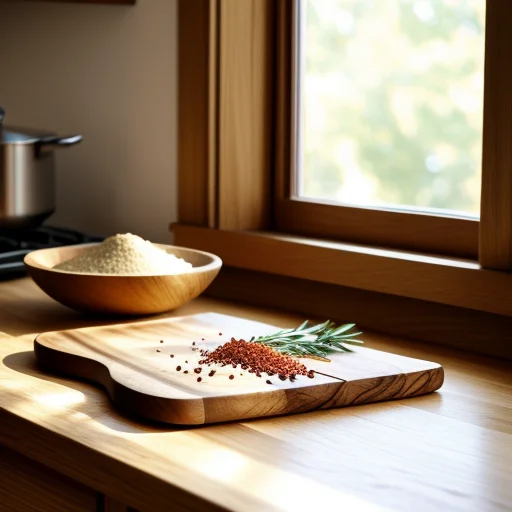As an Amazon Associate I earn from qualifying purchases.
Oak is a classic hardwood that has long been valued for its durability, elegance, and natural beauty. But how well does oak perform as a cutting board material? There are several factors to consider when determining does Oak Make a Good Cutting Board?
The Benefits of Oak Cutting Boards
Does oak make a good cutting board? Many advantages make oak an excellent choice for cutting boards:
- Naturally Antibacterial – Oak contains tannins, which are natural phenols that have antibacterial properties to help resist bacteria and odor. Tannins are organic compounds found in many plants, wood bark, and fruit skins. When oak cutting boards are made, these tannins remain present in the wood. The tannins inhibit the growth and spread of bacteria, mold, and fungal contaminants that come in contact with the surface. This makes oak cutting boards naturally resistant to harboring harmful microbes.
- Attractive Appearance – Oak has a beautiful, swirling wood grain pattern that adds warmth and style to any kitchen. The flowing medullary rays and pores result in aesthetic visual effects. Oak species like red oak, white oak, and live oak have distinct grains ranging from mild to quite pronounced. The rich reddish-brown color tones and variation make oak boards visually appealing as decorative elements in kitchens beyond just utility.
- Durable and Long-Lasting – As a dense hardwood, oak is tough and resistant to scratches, cuts, and dents. On the Janka hardness scale, red oak ranks 1,220 lbs, while white oak ranks 1,360 lbs in hardness. This makes both types of oak very resistant to wear and impact damage. Oak cutting boards can withstand years of regular use when properly maintained. The tight, durable grain ensures long-term structural integrity.
- Kind to Knives – Oak has tight pores that don’t dull knife edges as quickly as some plastics or glass boards. The tiny pores result in a tight, even grain that provides just the right amount of give to be gentle on knife blades. The natural slight softness of oak allows the edge to sink in minutely without becoming damaged. More complex boards prematurely wear down knife edges, requiring frequent sharpening. The characteristics of oak prolong the life of cutlery.
- Sustainable Material – Oak is a renewable and sustainable wood source, mainly when sourced from reputable providers that responsibly harvest oak forests. Compared to exotic woods, oak trees grow relatively fast, making them easier to cultivate and harvest in an eco-friendly manner. This makes oak an environmentally responsible option.
- Resists Warping – Since oak has very little expansion or contraction, it is less prone to warping than some other wood types. Quarter-sawn boards resist warping better than plain-sawn boards due to the perpendicular cut of the growth rings. The texture and grain result in excellent dimensional stability, so the board retains its shape well over time and humidity fluctuations.
- Naturally Moisture-Resistant – Oak contains oils known as tyloses that absorb into the heartwood, making oak more resistant to water damage and deterioration than other hardwoods. It won’t easily warp, crack, or grow mold when exposed to moisture. The density and oil content act as natural protection.
Does Oak Make a Good Cutting Board? Potential Drawbacks
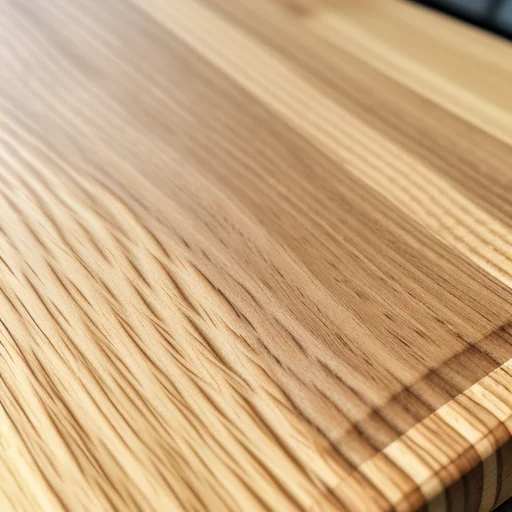
While oak has many benefits, there are a few potential downsides to consider to answer the question of does oak make a good cutting board:
- Prone to Splitting – If oak is improperly dried or maintained, it can crack and split over time as moisture evaporates and the wood shrinks. This results from uneven drying stresses. Avoiding over-dryness protects against this. The ideal moisture content is around 7-9%.
- Susceptible to Damage – Excess moisture and poor care can lead to mold or deterioration through warping, cracking, or checking. Proper maintenance is critical. Ensure not to overload with excess water when cleaning.
- Requires Frequent Oiling – To prevent drying and cracking, oak boards need periodic applications of food-safe mineral oil to maintain optimal conditions. Every 1-2 weeks is ideal, depending on usage levels. The oil penetrates the grain to keep the wood from losing essential moisture.
- Heavy Weight – At around 3-5 lbs per square foot, oak is heavier than some materials like bamboo or plastic. The weight and density may not suit some users who prefer lightweight options.
- Slow to Heal Scratches – While resistant to minor surface cuts, deeper scratches take longer to self-heal on oak than more porous types of wood. The dense grain doesn’t redistribute natural oils to damaged spots as readily.
- Higher Cost – Being a premium domestic hardwood, oak cutting boards are more expensive than boards made of bamboo, beech, or softer maple. The cost and limited supply may deter some buyers.
Proper Care for Oak Cutting Boards
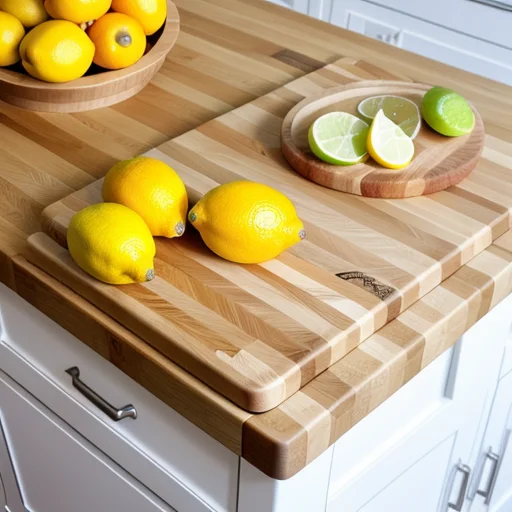
To get the most life and performance out of an oak cutting board, proper care and maintenance are crucial:
- Hand Wash and Dry Thoroughly – Use mild soap and warm water, hand dry immediately after use, and allow to air dry between uses fully. Standing water can damage oak, so drying right away is critical.
- Apply Mineral Oil Frequently – Every 1-2 weeks, gently rub food-safe mineral oil into the wood grain to condition and protect the surface. Let the oil sink in for 30 minutes, then wipe away any excess. This nourishes the wood.
- Avoid Soaking – Do not soak oak boards for long periods or let water pool on the surface to prevent warping, mold, deterioration, and damage to the structural integrity.
- Air Dry Properly – Let the board fully dry between uses by standing it on the edge or using a drying rack. Allow ample air circulation so no moisture gets trapped.
- Sand Out Deep Scratches – Use 220 grit sandpaper to sand out any deep cuts gently, then re-oil the area to seal the wood. This retains the flat surface.
- Clean with Mild Soap – Use only gentle, food-safe soaps. Avoid harsh detergents or abrasive pads, which can dry out the wood over time, causing cracking.
Other Care Tips:
- Disinfect with a bleach-based spray cleaner after working with raw meats. Rinse thoroughly after.
- Rotate the use of multiple boards to allow proper drying time.
- Re-oil and reseal boards regularly every 4-6 weeks, depending on usage.
- When oiling, apply oil across the grain direction first, then with the grain.
- Never put oak boards in the dishwasher or soak overnight.
Best Uses for Oak Cutting Boards
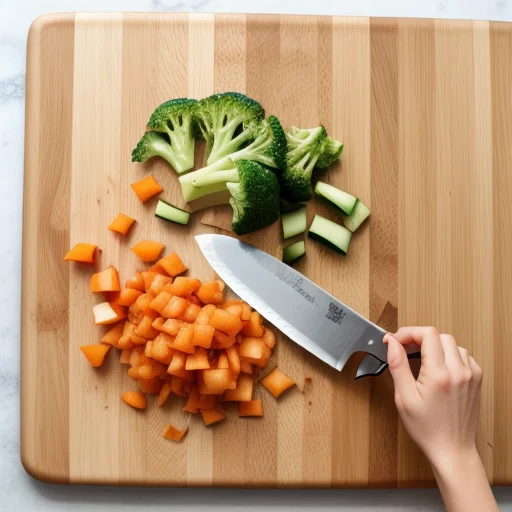
Oak boards are well-suited to:
- Chopping fruits, vegetables, and herbs – The hardness is ideal for produce prep without damaging knives.
- Carving cooked meats – Oak allows smooth slicing of meats without shredding flesh. Avoid prolonged raw meat contact.
- Cutting bread and baked goods – The anti-bacterial properties prevent contamination.
- Serving cheeses and charcuterie – The attractive oak grain makes an elegant serving platter.
- Avoid prolonged contact with raw meats, as other woods have higher antimicrobial properties. But brief contact is acceptable.
For raw meats, woods with higher antimicrobial properties, like maple or hinoki cypress, are better. Avoid cutting raw chicken, beef, pork, or fish directly on the oak for sanitary reasons. Use a designated raw meat board instead.
Alternatives to Oak Cutting Boards

Oak certainly has its merits, but other wood varieties also make excellent cutting boards. If not oak you can check out the 5 best wood for cutting boards and Some popular alternatives include:
Maple – Tough, tight grain, antimicrobial, and highly durable for all kitchen tasks. The close grain prevents deep knife marks. The pale color shows cuts and stains quickly, though. Hard maple rates 1,450 on the Janka scale, making it excellent for heavy-duty use.
Teak – Water-resistant and beautiful with its golden tone and coarse texture. However, teak is expensive and contains tannic acid oils that some may find bothersome after handling.
Bamboo – An eco-friendly, affordable option made from fast-growing bamboo grass. It can be prone to splintering when cut improperly or cheaply made. Look for laminated bamboo boards for the best quality.
Rubber – Gentle on knives yet highly resistant and antimicrobial. It is often textured for grip. It could be more visually appealing for serving. It is an excellent, safe choice for cutting meat.
Plastic – Inexpensive and dishwasher safe but can scar permanently harbor bacteria in grooves, and dull blades with use over time.
Glass – Provides an ultra-smooth, stain-resistant cutting surface. However, unforgiving on knife edges and quickly shattered. Use only for soft foods, not meat.
Acacia – A sustainable exotic wood that is durable and naturally antibacterial. The varying dark grain pattern adds visual interest. However, prone to warping.
Walnut – Beautiful, rich brown color but can stain foods and may not be ideal for serving. It dents easily and requires more maintenance.
Cherry – Ages to a lovely deep red-brown. It resists bacteria but is softer than oak, so knives must be sharpened more often.
How to Choose the Best Cutting Board Material
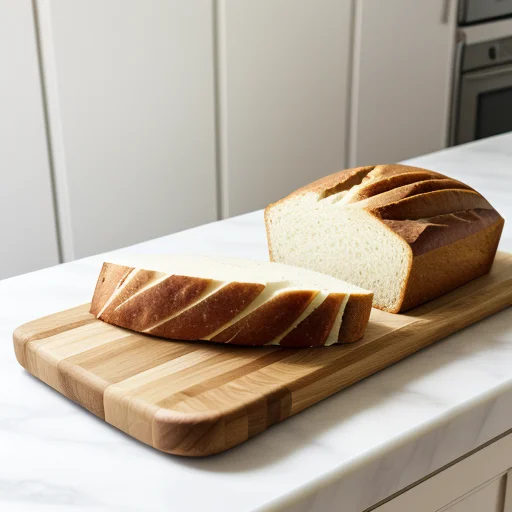
When deciding what type of cutting board is right for you, consider these factors:
- Hardness – The more complex the board, the more resistant to cuts and scratches. Look at the Janka hardness rating.
- Maintenance – How much upkeep is needed to keep the board in good sanitary condition?
- Use Case – Will you primarily cut meats, veggies, and breads? Match the board to your purposes.
- Aesthetics – Certain materials like oak look more admirable for serving charcuterie or leaving out on counters.
- Cost – Prices range widely based on the material. Set a budget and expectations accordingly.
- Durability -damage over years of use?
- Food Safety – Which materials harbor less bacteria? Natural antimicrobials are ideal.
- Knife Protection – The board should keep quality knife edges fresh. Hardness, moisture resistance, grip, and seamlessness matter.
- Weight – Lighter boards can be desirable for easy maneuvering. But sufficient heft provides stability when chopping.
Custom Handcrafted Oak Cutting Boards
For exceptional quality, consider a custom-crafted oak cutting board made by a professional woodworker. Custom boards allow you to:
- Select the exact size and thickness to fit your space and needs.
- Choose edge grain or end grain construction based on aesthetics and use.
- Pick side panels like maple that contrast beautifully with oak.
- Add unique design elements like juice grooves, handles, or inlays.
- Choose food-safe, non-toxic finishes to protect and maintain the wood.
- Order a matching oak butcher block as a stunning focal piece.
- Have a board personalized with engraving, brands, stamps, or woodburning.
- Support skilled local woodworking artisans instead of mass manufacturing.
- Get an heirloom-quality board designed to be passed down for generations.
Custom cutting boards make meaningful, practical gifts for weddings, anniversaries, housewarmings, and holidays. They reflect creativity and quality unmatched by store-bought boards.
Conclusion
Oak has clear advantages that make it a versatile and timeless cutting board material. The durability, beauty, and utility of oak are rugged to match. But like any board, oak requires proper care and maintenance to achieve its full potential. Understanding both the benefits and drawbacks of oak helps inform expectations and identify ideal usage cases. With its natural elegance, proven hardness, and antimicrobial properties, oak remains a stand-out wood for creating heirloom-quality cutting boards suited to almost any kitchen task. You can know more about Oak in Wikipedia
As an Amazon Associate I earn from qualifying purchases.

